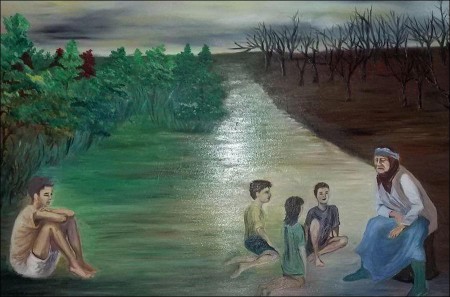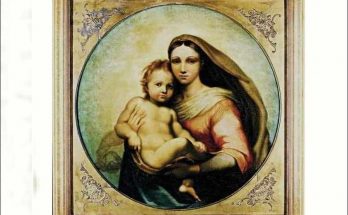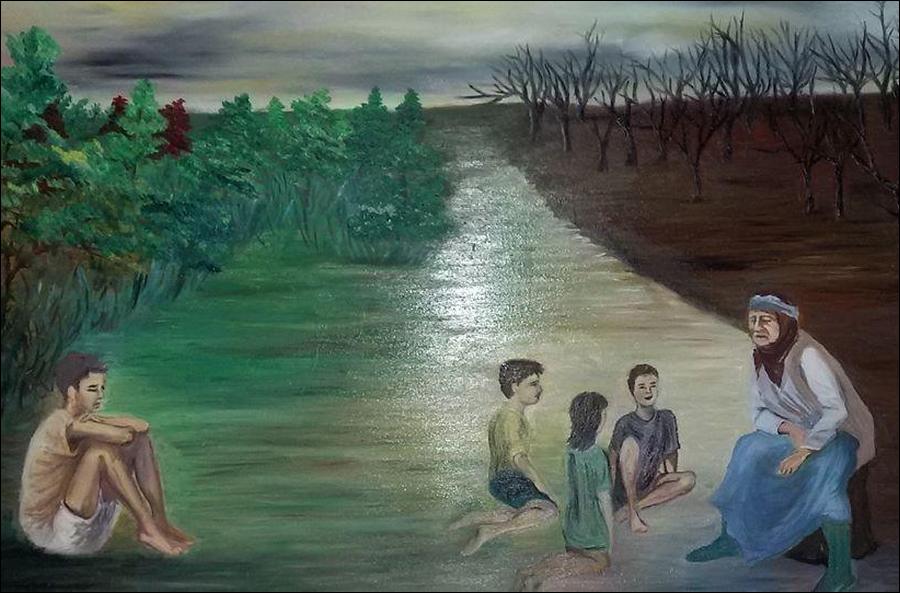“The movie is the art of the millions of American citizens,” an English writer in the Adelphi discovered, “who are picturesquely called Hicks-the mighty stream of standardized humanity that flows through Main Street… The cinema is, through and through, a democratic art; the only one.” Nor would this commentator have had it otherwise.
The attempt to educate the public to higher standards of taste except through the movies’ natural evolution in response to a gradually maturing public sentiment was pious humbug. Europe had failed to realize the possibilities of the moving picture and was hiding behind that “singularly putrescent hypocrisy that masquerades as ‘artistic culture.'”
The reigning stars during the thirties also revealed how diverse moving-picture entertainment had become. Micky Mouse rivaled Greta Garbo, and the Dionne quintuplets competed with Clark Gable. Lawrence Tibbett and Zazu Pitts, Will Rogers and Jean Harlow, Adolphe Menjou and Shirley Temple, Bette Davis and James Cagney, Mickey Rooney and Vivien Leigh, each had an enthusiastic following.
The movies’ success in reaching such a broad public had long since had a most far-reaching effect on other forms of entertainment. From nickelodeon days they had been gradually drawing off the patrons of the popular melodrama, the devotees of variety and burlesque. They now dominated more completely than ever the whole field of commercial amusement. The people’s theatres were either closed or made over into movie palaces, variety shows were so reduced in number that the old two-a-day vaudeville circuit was completely disrupted, and the doors of the local opera houses (unless they too were wired for sound) were everywhere boarded up. The triumph of the movies over the popular theatre was complete.
The legitimate stage which was primarily centered in New York — the theatre of classical drama, sophisticated comedy, problem play, and also musical revue — remained a vital force. It was perhaps more important in some ways than in the nineteenth century. If vaudeville had left it free — or forced it — to go its own way without considering entertainment that would appeal to the urban workers, it was now more than ever the arbiter of its own fashions. It could encourage playwrights — Eugene O’Neill was the country’s leading dramatist — who really had something to say. It could present plays dealing with social problems, and musical comedy that deftly satirized the current scene.
The 1930’s saw a revival of stock companies, especially summer stock; other cities followed the lead of New York with its Theatre Guild and Group Theatre; the International Ladies Garment Workers’ Union staged a musical skit which played on Broadway and toured the country; and the Federal Theatre Project became for a time an active force in the theatrical world. Under such stimulating influences there also sprang up a mushroom growth of community theatres with some five hundred thousand amateurs playing before an estimated annual audience of fifteen million.
Escapism that is not an escape from or to anywhere, but an escape of our utopian selves, has always been present in the idea of Camival, where the inhibitions which bind us to conventional roles are loosened. It is our Camival selves that we take on holiday, and the holiday resort – from Atlantic City to Blackpool to Pattaya – has always been a place of loosened inhibitions. If it is the crime of popular culture that it has taken our dreams and packaged them and sold them back to us, it is also the achievement of popular culty’ne that it has brought us more and more varied dreams than we could otherwise ever have known.
Popular amusements had more generally evolved from diversions that were originally available only to the wealthy. The theatre in America had at first been primarily class entertainment, the democratic audiences in the large playhouses of the mid-nineteenth century, as we have seen, offering a marked contrast to the more exclusive theatre patronage of the colonial period.
And from this gradually democratized theatre had developed the even more popular minstrel shows, burlesque, and vaudeville. But the first appeal of moving pictures was to the masses rather than the classes. They were cheap and popular from the very beginning. The support which in time enabled them to raise their standard of entertainment came entirely from their nickel-paying customers.
Their early development along such unashamedly popular lines was not by any means inevitable. It was in part due to the class of people who happened to take them over. The outstanding figures were Jewish garment-workers or fur-traders who bought up the penny arcades, and then the nickelodeons, to merchandise films as they would any other commodity. And their dependence on a mass market led to their continuing to place emphasis on quantity rather than quality.
They were not troubled by an artistic conscience, not concerned with culture, in promoting this profitable business. But at the same time what might superficially be dismissed as merely shrewd commercial tactics represented an approach to the development of this new amusement which would not have been possible in any other country. It reflected a democratic concept of the general availability of popular entertainment which was thoroughly American.
Related Link: View more Popular Culture stories
Views: 706





